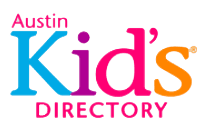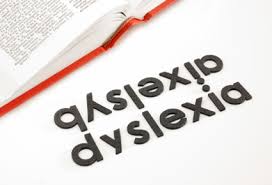Everyone Benefits When Dyslexic Kids Succeed
If you are reading this on an iPhone, iPad, or Mac, thank Steve Jobs, who was dyslexic. If you are reading this on a Microsoft device or software, thank Bill Gates, who is dyslexic. If you are reading this with illumination from a light bulb, thank the boy who was sent home from school with a note pinned to shirt that read, “This boy is too stupid to learn.” That boy was dyslexic, and his name was Thomas Edison. –adapted from Decoding Dyslexia MI
Working at a school for dyslexic students, one thing becomes very clear–learning differently doesn’t mean learning deficient. Dyslexic students are bright, creative, outside-of-the-box thinkers. In many ways, learning and thinking differently can be an advantage. A recent study found that 35% of successful American entrepreneurs are dyslexic. Three of the six “sharks” on the television show Shark Tank are dyslexic –Barbara Corcoran, Damon John, and Kevin O’Leary. Dyslexics have risen to the top of every field, from surgeons to scientists, actors to architects, mathematicians to writers. Dyslexic students today are our next Albert Einsteins, Stephen Hawkings, Alan Turings, Walt Disneys, Keira Knightleys, George Clooneys, Steven Spielbergs, and Roald Dahls (all dyslexic) to name but a few.
Dyslexia occurs equally in boys and girls, in all races and ethnicities, in all socio-economic classes, in every country, and in every language where the written word is used. The International Dyslexia Association estimates up to 20% of the American population (1 in 5 people) “have some of the symptoms of dyslexia, including slow or inaccurate reading, poor spelling, poor writing, or mixing up similar words. Not all of these will qualify for special education, but they are likely to struggle with many aspects of academic learning and are likely to benefit from systematic, explicit, instruction in reading, writing, and language.”
Despite the numbers and the growing awareness about dyslexia (see resources below), many traditional public and private schools are reticent to identify or even acknowledge dyslexia, and limited resources often restrict schools from providing the research-proven instruction needed to help dyslexic students become proficient readers. Too often there is a “failure first” model in which support is only provided after the student is failing in the classroom, and even then, the support given is often not appropriate for students with dyslexia. This is devastating to a child’s self-esteem and development as a learner, often with far-reaching negative consequences. The way dyslexic students learn best is in fact the way all students learn best–with multisensory methods that are systematic, structured, and phonics-based (Rawson Saunders uses the Orton-Gillingham approach).
Addressing dyslexia early and effectively is the only way for schools to increase literacy and help all students become successful, life-long learners. Dyslexics are among our most influential innovators in every field. Everyone benefits when dyslexic kids succeed.
Dyslexia resources for parents:
Websites
Decoding Dyslexia of Texas
Dyslexic Advantage
Dyslexia Parent Network
International Dyslexia Association
Learning Ally: 1 in 5
Understood
Yale Center for Dyslexia and Creativity
Books
Dyslexic Advantage
The Dyslexia Empowerment Plan
The Gift of Dyslexia
Overcoming Dyslexia
Thinking Differently
Films
The Big Picture: Rethinking Dyslexia
Dislecksia: The Movie
Embracing Dyslexia
Journey Into Dyslexia
Tabitha Griffin
Communications Coordinator
Rawson Saunders School
www.rawsonsaunders.org

